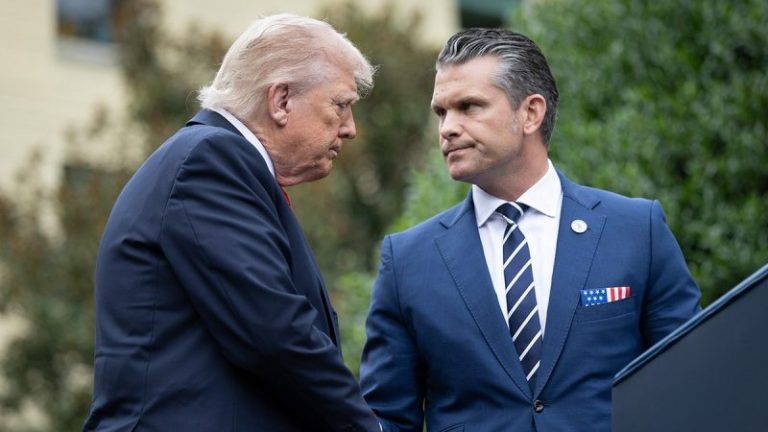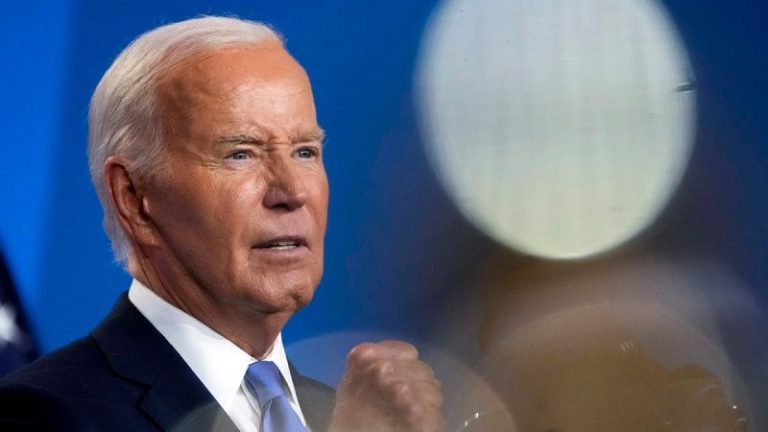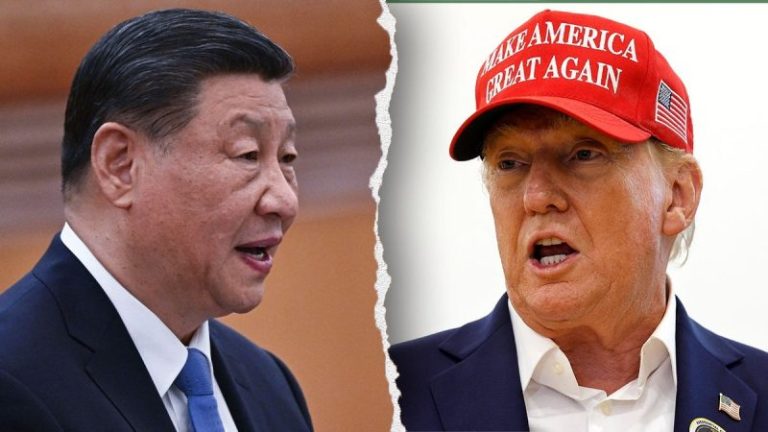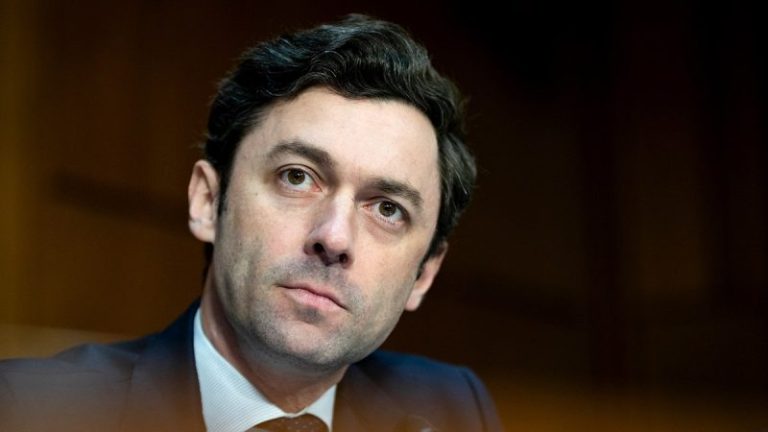President Donald Trump railed against Democrats over the ongoing government shutdown Saturday, and said he is directing Secretary of War Pete Hegseth to make sure military service members get paid next week.
‘Chuck Schumer recently said, ‘Every day gets better’ during their Radical Left Shutdown,’ Trump wrote on Truth Social. ‘I DISAGREE! If nothing is done, because of ‘Leader’ Chuck Schumer and the Democrats, our Brave Troops will miss the paychecks they are rightfully due on October 15th.’
He said he had directed Hegseth ‘to use all available funds to get our Troops PAID on October 15th. We have identified funds to do this, and Secretary Hegseth will use them to PAY OUR TROOPS.’
‘I will not allow the Democrats to hold our Military, and the entire Security of our Nation, HOSTAGE, with their dangerous Government Shutdown,’ he added. ‘The Radical Left Democrats should OPEN THE GOVERNMENT, and then we can work together to address Healthcare, and many other things that they want to destroy. Thank you for your attention to this matter!’
The government shut down on Oct. 1, after Democrats and Republicans failed to pass a spending bill to fund the government, with Democrats concerned that expiring Affordable Care Act tax cuts could raise premiums and that Medicaid cuts could leave people without coverage.
Trump on Monday blamed Democratic lawmakers for the shutdown, saying he’d be ‘happy to work with the Democrats on their failed healthcare policies’ once the government reopens.
‘Democrats have SHUT DOWN the United States government right in the midst of one of the most successful economies, including a record stock market, that our country has ever had,’ Trump wrote on Truth Social. ‘This has sadly affected so many programs, services, and other elements of society that Americans rely on — and it should not have happened.’
‘I am happy to work with the Democrats on their failed healthcare policies, or anything else, but first they must allow our government to re-open,’ he added.
Schumer recently told Punchbowl News: ‘Every day gets better for us,’ regarding the Democrats’ shutdown strategy.
He added, ‘It’s because we’ve thought about this long in advance and we knew that health care would be the focal point on Sept. 30 and we prepared for it … Their whole theory was — threaten us, bamboozle us, and we would submit in a day or two.’
Republicans have blamed Schumer for the shutdown, saying it was meant to appease the Democratic Party’s progressive wing, particularly in his home state as Zohran Mamdani maintains the lead in New York City’s mayoral race and buzz swirls regarding Rep. Alexandria Ocasio-Cortez, D-N.Y., is potentially challenging Schumer in the next primary. She has not formally declared a Senate bid.
‘Chuck Schumer just said the quiet part out loud: Democrats are gleefully inflicting pain on the American people over their push to give illegal aliens free health care,’ White House deputy press secretary Abigail Jackson said in a statement provided exclusively to Fox News Digital.
Schumer recently shared with Fox News Digital remarks he made on the Senate floor.
‘Every day that Republicans refuse to negotiate to end this shutdown, the worse it gets for Americans — and the clearer it becomes who’s fighting for them. Each day our case to fix healthcare and end this shutdown gets better and better, stronger and stronger because families are opening their letters showing how high their premiums will climb if Republicans get their way. They’re seeing why this fight matters — it’s about protecting their healthcare, their bank accounts and their futures.’










